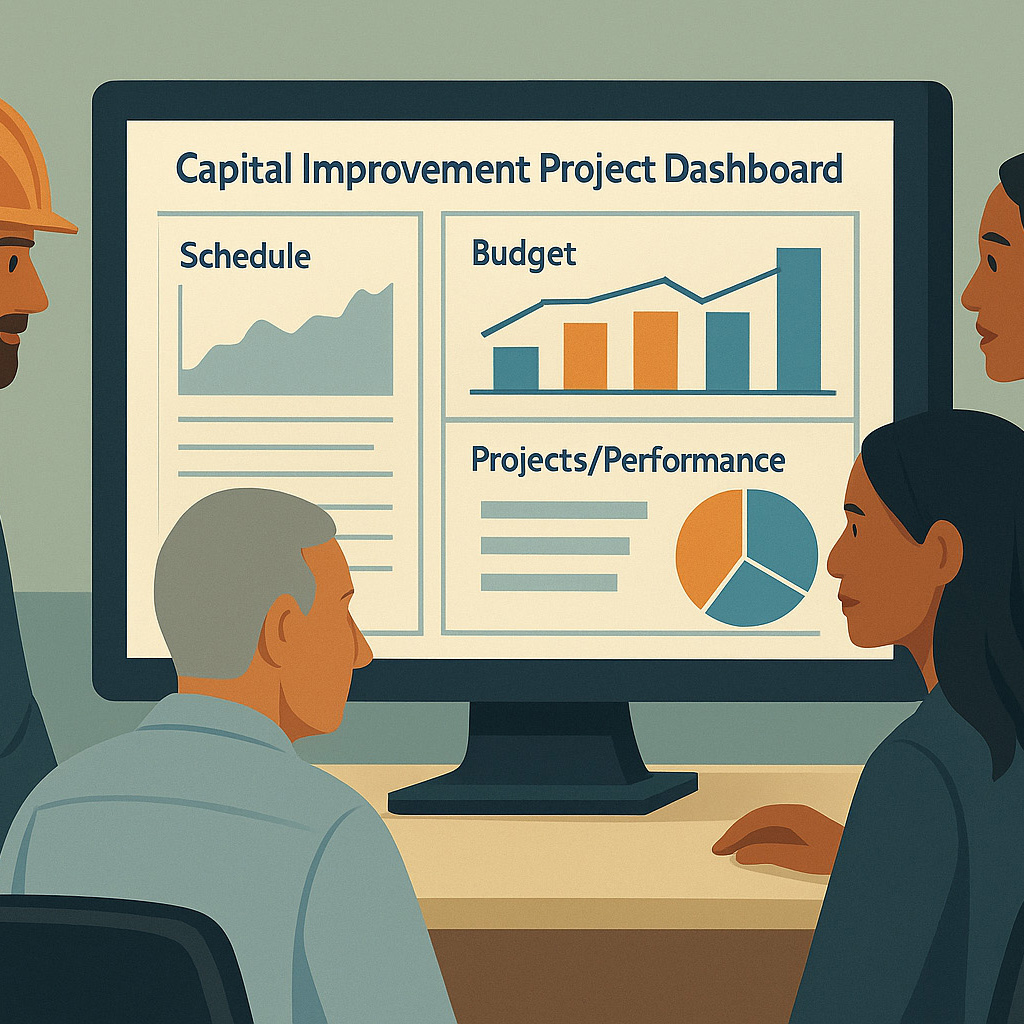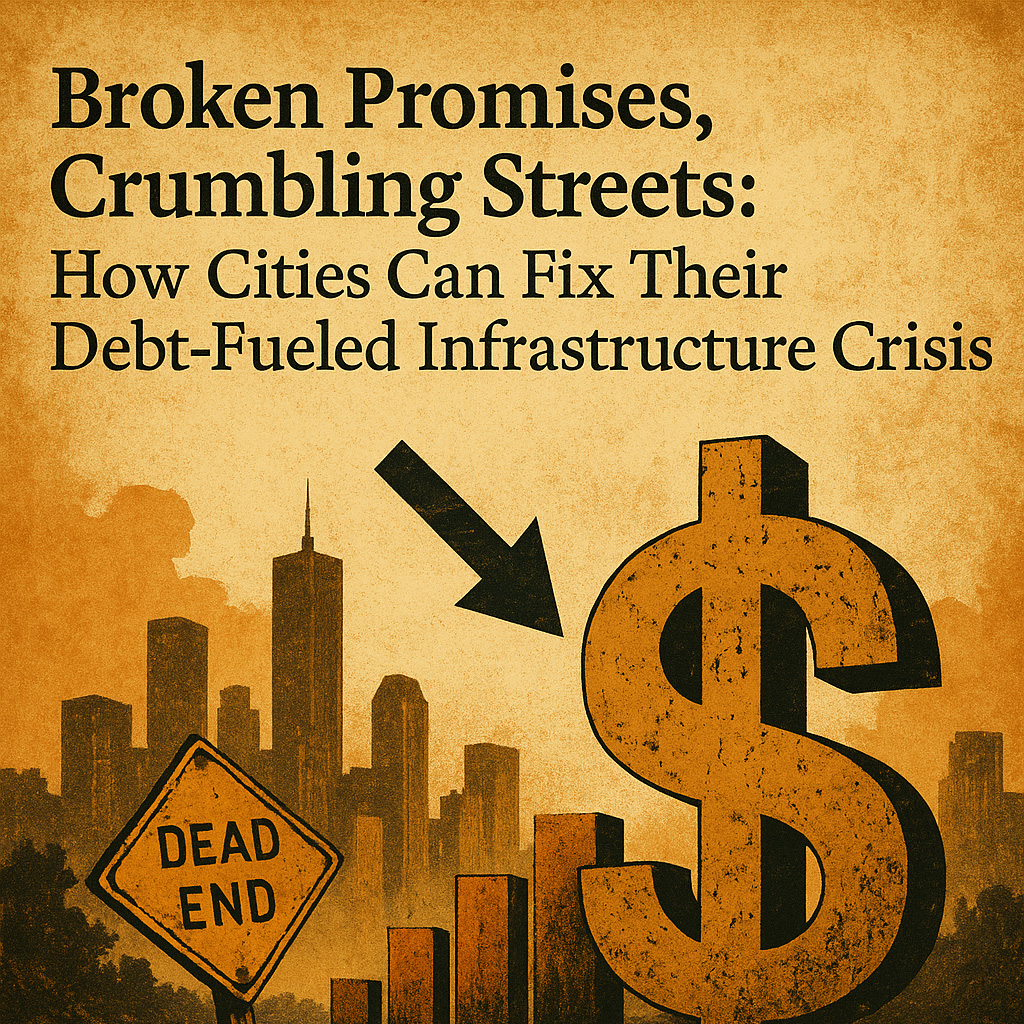As populations grow and development expands, local governments must find ways to fund new infrastructure and services required to accommodate the new residents and increased demand on resources. One solution is impact fees, which fund the costs of new infrastructure and services that would support the newly developed area. What follows is a step-by-step overview of impact fee ordinance creation and maintenance in accordance with the applicable laws and regulations for the State of Texas.
Impact Fees Defined
Impact fees are one of several monetary exactions or charges that may be imposed by local governments on new development to pay for the additional infrastructure and services required to support that development. These fees are intended to ensure the costs associated with growth are shared by the developers who are facilitating the growth, rather than solely by private tax paying citizens.
Understanding State Law
Impact fee ordinance development in the State of Texas is governed by Chapter 395 of the Texas Local Government Code. Municipalities have several questions that must be answered in determining impact fees:
- How will we grow?
- What needs to be built, and what are the costs of growth?
- What revenues should we collect to support anticipated growth?
As required by state law, adoption of impact fees involve three major components:
- Land Use Assumption Report: A planning study is conducted to determine the nature, location, and amount of expected growth and to accurately analyze the costs of providing new development infrastructure. The resulting Land Use Assumptions (LUA) report is the foundation for the creation of all capital improvement plans and supporting impact fees are to be created. LUA are required to be reviewed, refined, and communicated to the public every five years and/or as conditions for development change in the municipality.
- Capital Improvements Plans: The local governmental costs of providing new development infrastructure for assessing impact fees are codified in the Capital Improvements Plans (CIP). Two common municipal planning products are the CIPs for Roadway Impact Fees (Roadway Improvements Plan or RIP) and Utility Impact Fees (UIP) to identify roadway and utility infrastructure needed to support projected growth. Only projects identified in the CIPs are eligible for funding through impact fees.
- Fee Setting/Ordinance Adoption: Impact fees will be recommended by planners after analysis. These recommendations are then presented in council or commissioner’s court for review, debate, and potential adoption via an enacted ordinance.
Engaging Stakeholders
Many counties and cities in Texas have formed Capital Improvement Advisory Councils (CIAC) to foster transparency and stakeholder involvement in fee setting and ordinance adoption. CAIC are often composed of representatives appointed by elected officials, staff, developers and business owners. Municipalities gain local support while ensuring the transparency required by Texas State Law by, with, and through these councils, public hearings, and discussions.
Determining Fee Scheduling
Fees that are too high can discourage development, while fees that are too low can fail to adequately fund the infrastructure and services required to support new development. A thorough analysis of the costs associated with growth and development is necessary to determine appropriate fees. Based upon intended land use, planners will model projections for utilities, for example water consumption and wastewater generation for a single family dwelling development, light industrial complex, office parks, or retail spaces. Likewise, planners will model projections for road impact for the same land uses to determine new development of roads, bridges, and traffic control. As you might imagine, the impacts will differ based upon land use and consequently impact fees should be adjusted accordingly.
Enacting the Ordinance
Once the impact fee ordinance is drafted, it must be introduced to the county commissioners court or city council for consideration. The ordinance will go through a series of readings and public hearings before it can be enacted into law. It is crucial to work with legal counsel, stakeholders, and elected officials to ensure the ordinance is drafted in a way that can be effectively and equitably enforced.
Conclusion
Creating an impact fee ordinance is a complex process that requires careful consideration of legal, financial, and community concerns. Municipalities who have recently embarked on this process have seen marked success by coordinating with and learning from adjacent experienced jurisdictions with mature ordinances. By defining impact fees, researching state law, engaging stakeholders, determining appropriate fees, and enacting the ordinance, counties and municipalities can create a framework for sustained growth.
At Front Line Advisory Group, we are providing change management services to help municipalities collect and analyze data, improve stakeholder communication, leverage technology, develop training plans, and more. We believe these are the most effective and affordable ways for municipalities to scale their capabilities. Contact us for more info at info@frontlineadvisorygroup.com.













